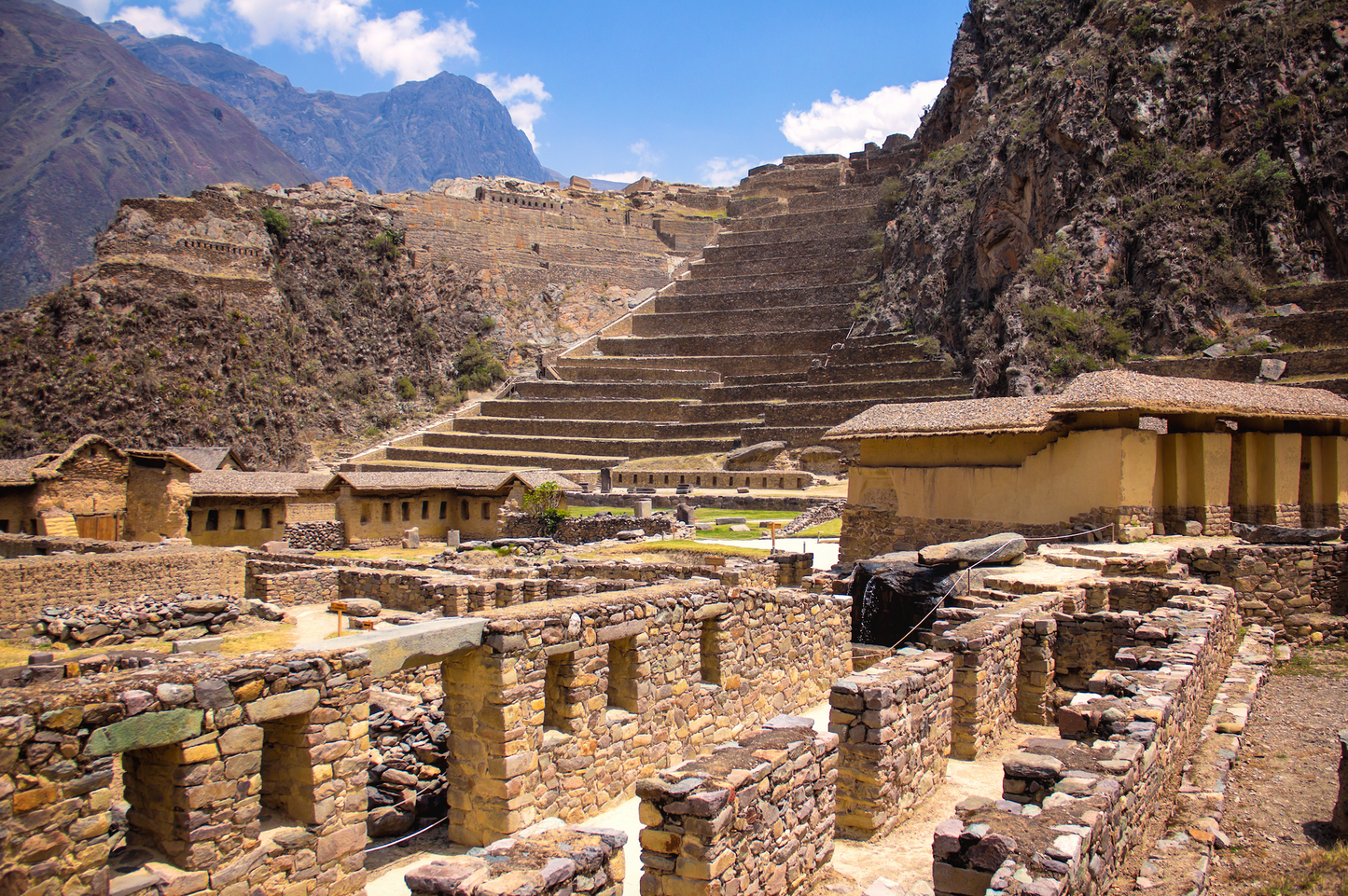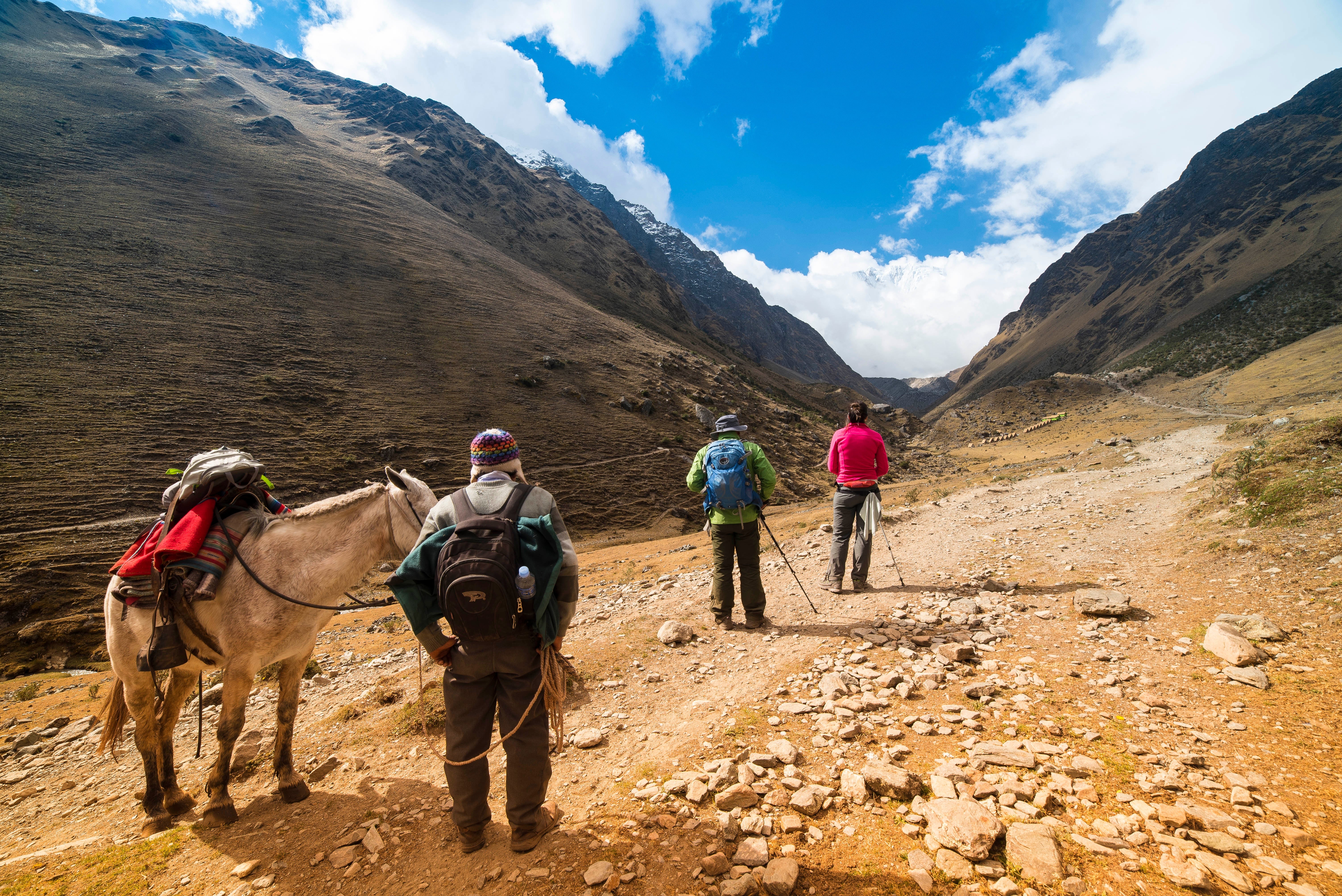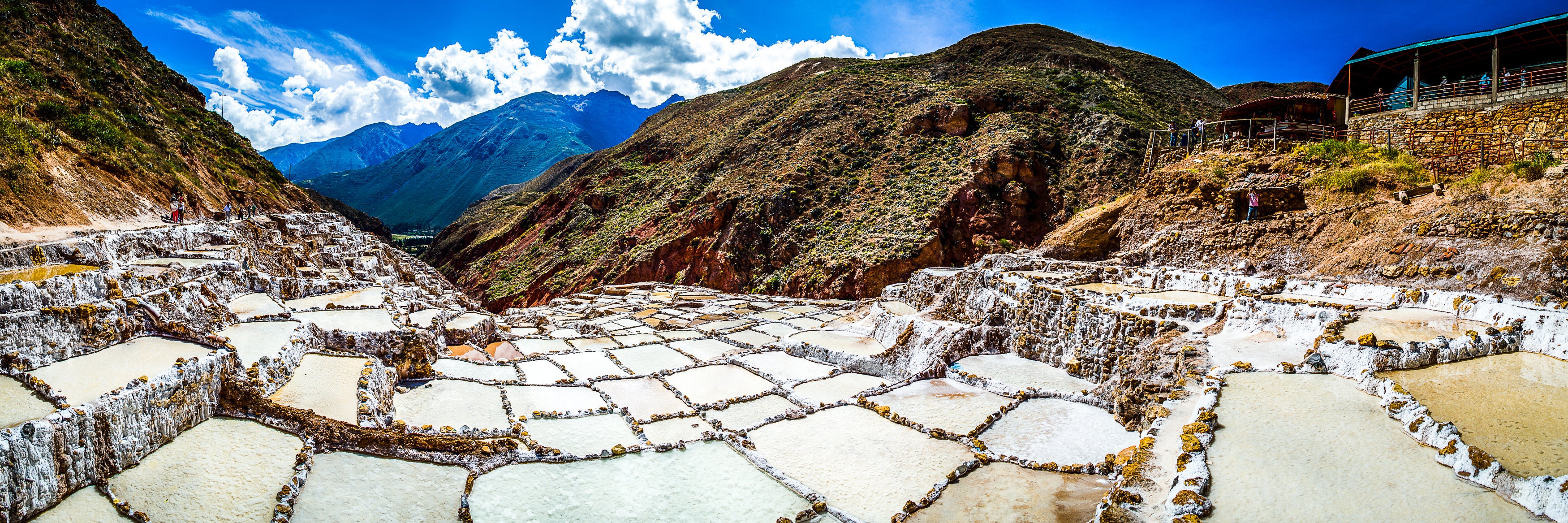
















Overview Of Peru Travel Tour 72

Note: Ensure that you check for any travel restrictions and entry requirements at your destination. It is your responsibility to be prepared with all necessary travel documents and paperwork. Plan to arrive at the airport at least three hours before your scheduled departure time.
Arrival in Lima
Flight to Arequipa and Valle De Colca Guided Tour
Yanque, Maca, Pinchollo, Chivay and Mirador Cruz del Condor
Arequipa City Tour
Flight to Cusco and Cusco City Tour
Machu Picchu
Humantay Lake
Sacred Valley Tour
Flight to Lima

humantay lake

machu picchu

moray

cusco city tour

ollantaytambo

chivay
Pricing & Availability
| ROOM OCCUPANCY | SINGLE | DOUBLE | TRIPLE | QUADRUPLE |
|---|---|---|---|---|
| Standard Hotel Adult Prices (12yrs +) | $4,000 per person | $3,200 per person | $2,990 per person | $2,790 per person |
| Standard Hotel Children's Prices (2-12 yrs) | (Not Available) | $2,900 per child | $2,690 per child | $2,590 per child |
| Premium Hotel Adult Prices (12yrs +) | $4,980 per person | $3,990 per person | $3,690 per person | $3,490 per person |
| Premium Hotel Children's Prices (2-12 yrs) | (Not Available) | $3,687 per child | $3,390 per child | $3,190 per child |

Gallery

















Itinerary
Accommodations
Airfare & Transportation
If you need airfare included for your guided tour please contact us today and we will be able to provide you with airfare accommodations. If you contact us about airfare the price of your guided tour will very so we will get back to you within 24-48 hours.
Tour Activities
Happy Clients, Happy Us
















